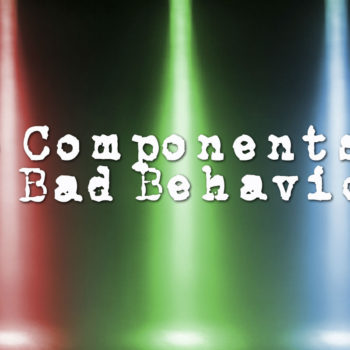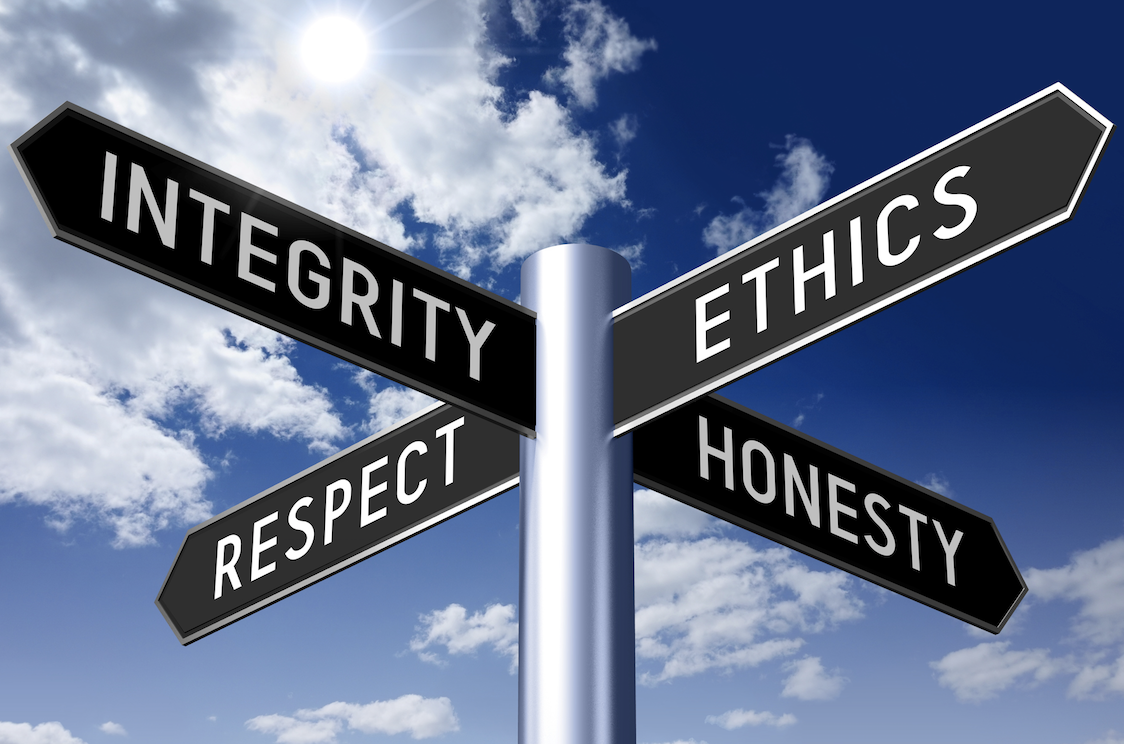Why should any organization safeguard its reputation? One important reason is that unethical behavior, even it occurs in the recent or distant past, never quite goes away. It leaves a stain of doubt that goes on for years no matter what is done to correct public perception, resulting in baby powder scandal branded.
Johnson and Johnson’s baby powder is hardly the huge contributor to the healthcare conglomerate’s bottom line that it once was.
The origins of the “safe” Johnson’s Baby Powder date to the mid-1880s. The company was making medicated mustard plasters that irritated the skin, and the company wanted to expand its product line to include a product that soothed the skin. The product was talc. Then the company seized upon the idea of adding a little fragrance to the talc and by the early 1890s, Johnson’s Baby Powder (and its famous fragrance) was embraced by mom’s worldwide.
Despite the company’s extensive line of products and services when most of us think of J&J, our first thoughts aren’t of innovative drugs, equipment, and services, but baby powder. In fact, if we close our eyes and think about it, we can imagine the fragrance. It is a part of our psyche.
Talc is a mineral
Talc is a mineral that is ground up to various sizes, from a microscopic powder to abrasive sizes for industrial purposes. The problem is that in some cases when talc is mined, another mineral, asbestos, may be mined along with it. Talc is generally a benign substance when properly used, but asbestos may cause cancers and diseases of the lungs and ovaries, depending upon whether the talc is breathed or applied.
J&J once sourced most of its talc from the mountainous area of Italy. However, it wasn’t until the late 1950s that samples of talc were properly analyzed they found that the Italian talc was not one mineral, but six, including asbestos. Even in the 1950s, asbestos was viewed as having the capacity to cause cancers. Nevertheless, the company claimed it received reports that the product was safe. This the root of the scandal, starting about 60 years ago.
In 1964, J&J bought up talc mines in Vermont. The talc was considered to be safer. Unfortunately, around 1967, the New England talc was also found to contain trace amounts of asbestos, a fact that has been allegedly covered up. Indeed, as lawsuits linking asbestos to cancers began to mount, lawyers started to dig deep within the company’s records.
The official J&J line has always been that their talc is pure. They maintain this position to this day. In fact, in 1976 when the FDA was considering “acceptable limits” of asbestos in talc products, J&J essentially told the FDA not to worry, that they had not detected the mineral in any talc samples. However, as researchers dug very deep into the archives, they found at least three test results from the early to mid-1970s of tests finding asbestos.
 As a result of some legal maneuvers, as some of the cases have come to light, the company found ways to not share its extensive testing records on asbestos in talc. In a recent investigation by the Reuters news agency it showed: “from at least 1971 to the early 2000s, the company’s raw talc and finished powders sometimes tested positive for small amounts of asbestos, and that company executives, mine managers, scientists, doctors, and lawyers fretted over the problem and how to address it while failing to disclose it to regulators or the public.”
As a result of some legal maneuvers, as some of the cases have come to light, the company found ways to not share its extensive testing records on asbestos in talc. In a recent investigation by the Reuters news agency it showed: “from at least 1971 to the early 2000s, the company’s raw talc and finished powders sometimes tested positive for small amounts of asbestos, and that company executives, mine managers, scientists, doctors, and lawyers fretted over the problem and how to address it while failing to disclose it to regulators or the public.”
How small is small?
Even in the many investigations into test results, the majority show negative for asbestos. However, it’s also known that of the millions of pounds that have been mined, only a small percentage is tested.
The mixture of test findings, the company’s adamant refusal to show test results in its archives, the confusion over what talc tainted with asbestos can and cannot do health-wise has led to a mix of jury awards from potentially multi-billion-dollar awards to no awards at all.
In its most recent defense statement, J&J claims in response to the Reuters research:
“This is all a calculated attempt to distract from the fact that thousands of independent tests prove our talc does not contain asbestos or cause cancer.”
Even if the amount of asbestos in its talc samples is minuscule, and assuming the baby powder is now – and has been totally safe for decades, there is an unethical perception of this product that won’t go away. Why? Because the company failed to report in a clear and concise manner that talc is a natural product that may contain trace amounts of a mineral that has been deemed safe at those levels.
Perhaps the company, in protecting its market share, was so intent on its choice to muddy the ethical waters rather than to clarify them, they will always live with the consequences of its actions. Baby powder scandal branded forever it seems.


